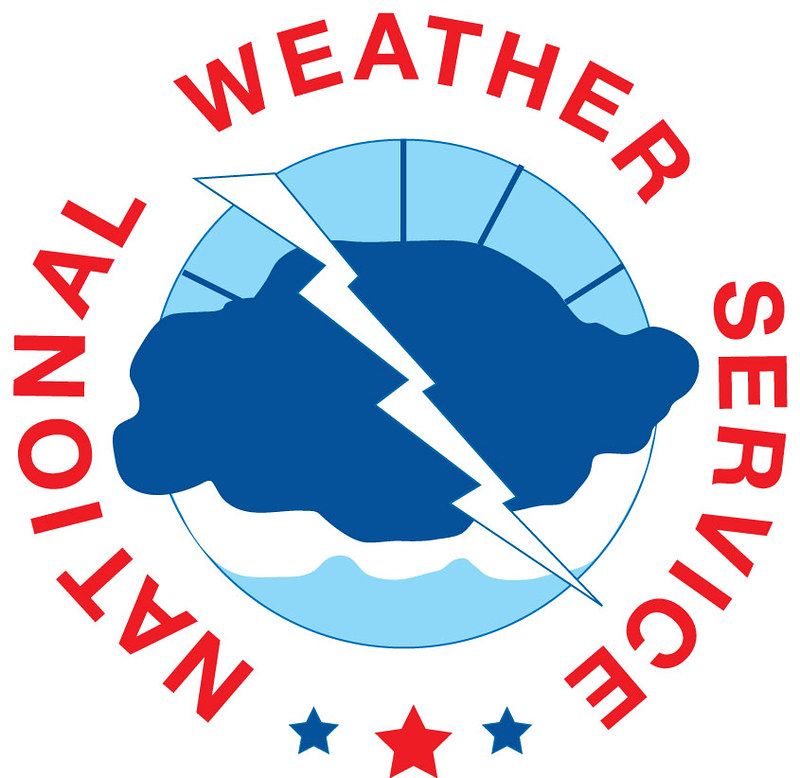
The National Weather Service (NWS) has received authorization to hire 450 meteorologists, hydrologists, and radar technicians, a critical development coming just months after the agency was severely impacted by significant workforce reductions and early retirement incentives. This pivotal permission signals a determined effort to restore the capacity of the nation’s primary weather forecasting entity. The decision arrives as the Atlantic hurricane season begins to intensify, renewing urgent concerns about the country’s preparedness for severe weather events and underscoring the vital role the NWS plays in public safety. This announcement was made during an all-hands meeting on Monday, marking a turning point for an agency under considerable strain.
The approved hiring figure encompasses 126 new positions previously authorized, with a specific focus on “front-line mission-critical” personnel vital to the agency’s operational integrity, as confirmed by a National Oceanic and Atmospheric Administration (NOAA) official to CNN. The NWS, aided by lawmakers on Capitol Hill, had persistently advocated for a public safety exemption from the federal hiring freeze. This exemption has now been granted, providing the agency with direct hiring authority under the Office of Personnel Management (OPM). According to the OPM’s website, such authority is granted “for filling vacancies when a critical hiring need or severe shortage of candidates exists,” designed to expedite recruitment and enable the NWS to swiftly address urgent staffing deficits.
This hiring surge will be executed in a smart, “asymmetric” manner, meticulously “based on workload” to ensure efficient allocation of resources where they are most critically needed across the country, as stated by a NOAA official. A significant aspect of this initiative involves the potential return of experienced personnel who were previously let go during the earlier reduction measures. It is indeed possible that some new hires will consist of employees already trained and in place prior to the Department of Government Efficiency (DOGE) cuts, potentially reducing the time and resources otherwise required for training an entirely new workforce.
The need for this extensive rehiring effort directly stems from the significant workforce reductions initiated under the second Trump administration, driven by the Department of Government Efficiency. This initiative, notably involving billionaire Elon Musk’s Department of Government Efficiency, aimed to slash workforces across multiple federal agencies, with NOAA and its subordinate NWS being particularly hard hit. These measures, encompassing cuts to probationary employees and incentives for early retirement, led to a dramatic decrease in the NWS’s staffing levels.
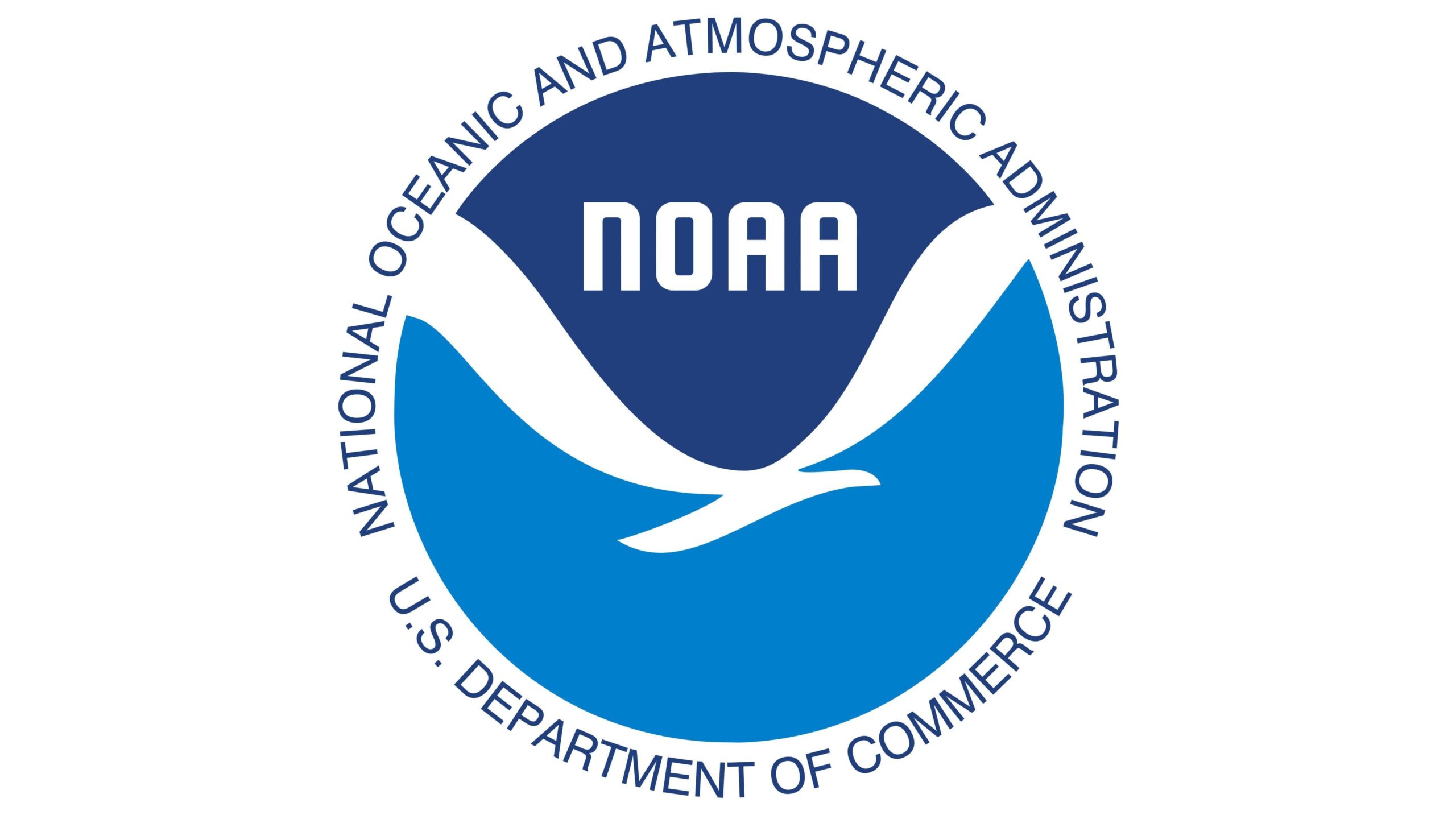
Since the start of the second Trump administration, the NWS has seen its staffing fall by more than 550 people, bringing the total number of employees below 4,000. Other reports indicate that approximately 600 employees were either fired or accepted buyouts, representing a substantial 17% of the NWS’s workforce. The DOGE initiative cut 11% of NOAA’s entire workforce, with roughly half of these reductions specifically impacting the NWS. These figures underscore the severe depletion the agency has experienced, extending to critical roles such as two flight directors and an electronic engineer at NOAA’s Office of Aircraft Operations, affecting the NOAA Hurricane Hunters’ capabilities.
The consequences of these deep cuts have been acutely felt by the remaining NWS employees, who have worked extensive additional hours and shouldered increased responsibilities to maintain the 24/7 operational posture that extreme U.S. weather necessitates. The agency has also operated with less data from fewer and less frequent weather balloon launches, which are vital for computer models in weather prediction. Several NWS offices were forced to reduce or end these essential launches, raising concerns about forecast accuracy. Furthermore, 30 NWS offices no longer had a lead meteorologist, exacerbating operational challenges.
The severity of staffing shortages became acutely evident in the wake of the deadly Texas floods in July, which claimed over 130 lives. Scrutiny revealed significant vacancies at NWS forecast offices serving the affected areas; 10 vacancies existed out of 49 positions in central Texas, including six out of 26 in San Antonio and four out of 23 in San Angelo. While experts noted that these specific positions might not have made flood warnings more timely, former NWS officials told The New York Times that staff shortages may have impacted the agency’s communication with local authorities post – warning, which is critical for coordinating emergency responses.
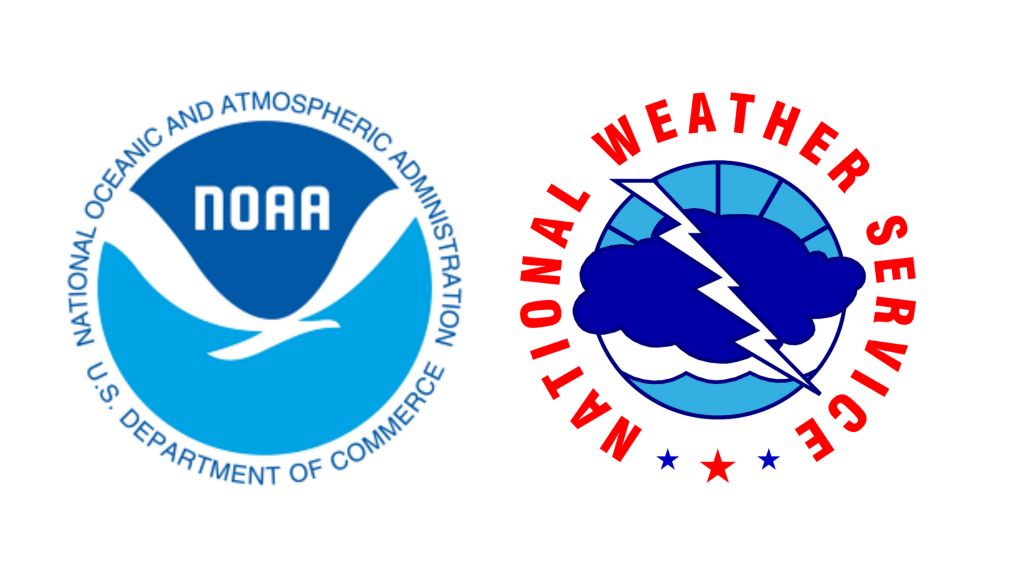
The operational integrity of the NWS has been demonstrably compromised across various regions, with nearly half of the forecast offices reporting 20% vacancy rates by April. This pervasive understaffing compelled some offices to reduce operating hours or discontinue overnight shifts during less – critical periods, departing from the agency’s traditional 24/7 service model. Goodland, Kansas, and Sacramento, California, were cited among the half – dozen forecast centers currently in this precarious situation, highlighting the pervasive impact of the cuts.
These profound implications drew dire warnings from within the agency and from external experts. Tom Fahy, legislative director for the National Weather Service Employees Organization, emphasized the unprecedented nature of the situation: “This has never happened before. We have always been an agency that has provided 24/7 service to the American public.” He issued a grim caution: “The risk is extremely high. If cuts like this continue to the National Weather Service, people will die.” These sentiments underscore deep concern for public safety amid the staffing crisis.
The scientific community echoed these anxieties, particularly as the nation grapples with increasingly extreme weather patterns fueled by greenhouse gas emissions. Marc Alessi, a science fellow with the Union of Concerned Scientists, sharply criticized the administration’s actions: “In 2024, NOAA was able to offer some of its most accurate weather forecasting to date for active hurricanes. These incredibly accurate forecasts were made possible by a fully – funded NOAA.” He concluded that “Despite the worsening climate and extreme weather impacts being felt across the country, the Trump administration has proceeded with its inhumane agenda, which will leave people on the frontlines of disasters at greater risk.”
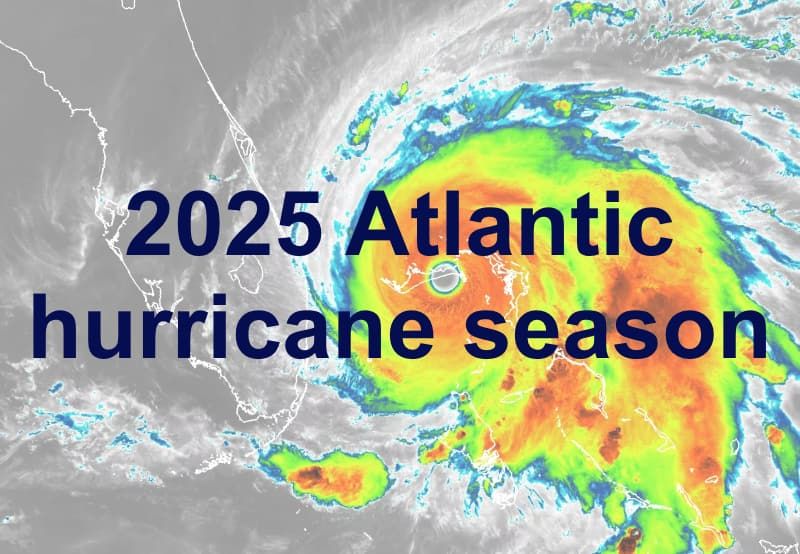
The timing of this rehiring authorization is particularly critical given the onset of the Atlantic hurricane season, which commenced on June 1 and extends through November 30, with August, September, and October typically being the most active months. This immediate threat underscores the urgency for the NWS to rebuild its capacity, as a robust and fully – staffed agency is of paramount importance for effective disaster preparedness and response. Forecasters indicate a heightened level of activity for 2025, adding further weight to the need for restored NWS capabilities.
NOAA has predicted a slightly above – normal season, estimating between 13 and 19 named storms, with six to 10 developing into hurricanes and three to five potentially becoming major hurricanes. AccuWeather anticipates 13 to 18 named storms, 7 to 10 hurricanes, and 3 to 5 major hurricanes, with 3 to 6 direct U.S. impacts. Meteorologists from Colorado State University predict 17 named storms, 9 hurricanes, and 4 major hurricanes. Dr. Ryan Truchelut of WeatherTiger, providing a hedged forecast, estimates a 50 – 50 chance of 16 – 21 tropical storms, 7 – 9 hurricanes, and 3 – 4 major hurricanes, collectively painting a picture of a potentially volatile season, which is fueled partly by warmer – than – average ocean temperatures.
In a crucial development for hurricane forecasting, the Department of Defense reversed its earlier plans to discontinue publicly providing satellite data, which has been available since 1962 and is vital for hurricane forecasting and sea ice monitoring. Although NOAA initially cited a “significant cybersecurity risk,” it confirmed on July 30 that the program will continue indefinitely, thus preserving a critical resource. Currently, the National Hurricane Center is monitoring two systems in the Atlantic with potential for development: a disturbance off South Carolina with a 40% chance of forming into a tropical depression, and another over the central tropical Atlantic with a 50% chance.
The severe reductions to the NWS and the subsequent effort to rebuild underscore the crucial role federal agencies play in public safety. Lawmakers, such as Senator Patty Murray, a Democrat from Washington, have vocally condemned the mass cuts, labeling them hazardous. Senator Murray emphasized NOAA’s indispensable function in safeguarding waters, oceans, and fisheries, particularly citing its importance to the Puget Sound, the Columbia River, and the salmon industry in Washington state. This highlights the agency’s broad societal impact, which extends far beyond daily weather forecasts.
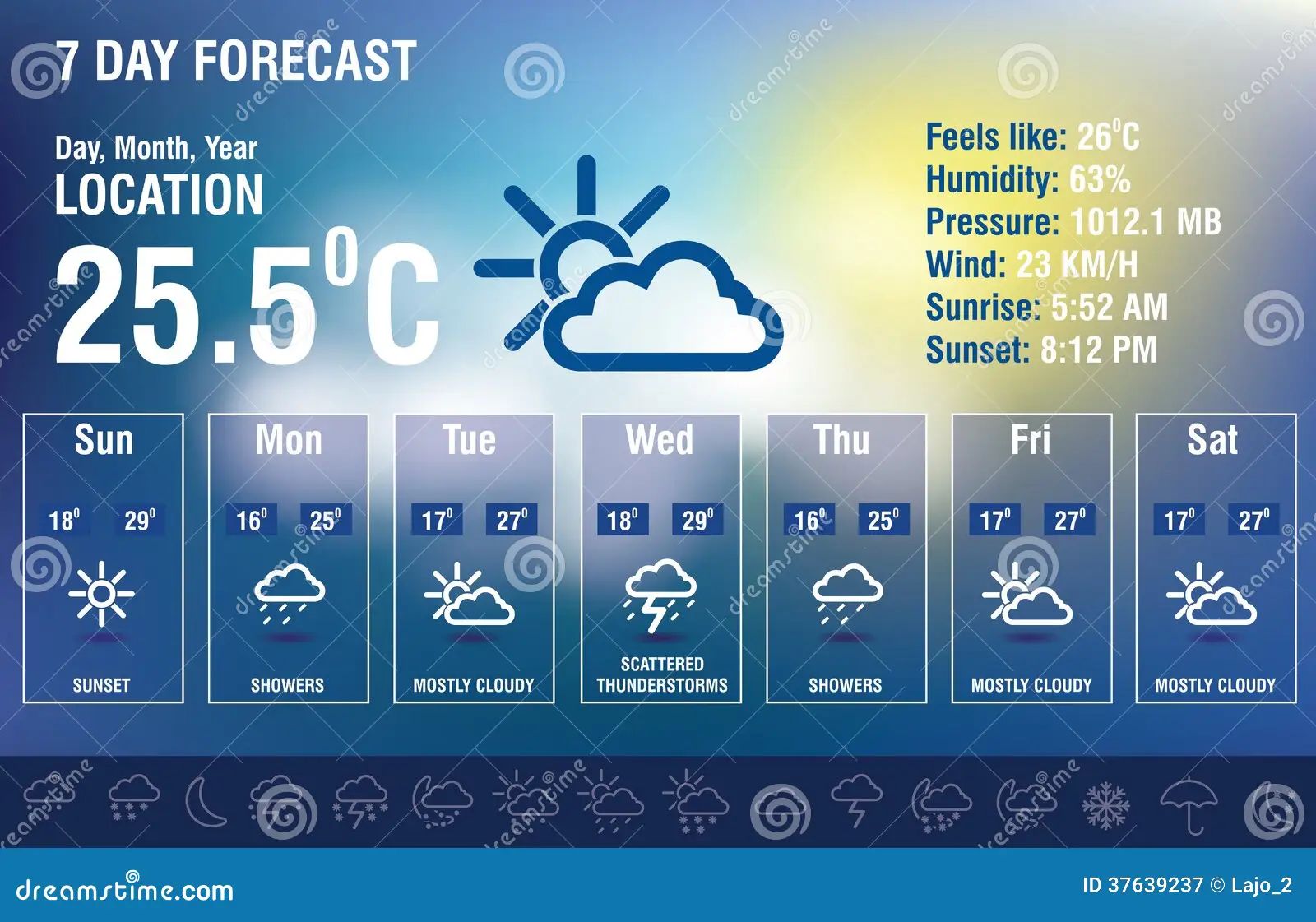
The approval to hire 450 new personnel represents a crucial turning point for the National Weather Service, a beacon of public safety that has been navigating turbulent waters. It signals a recognition of the indispensable value of a fully – staffed and well – resourced weather forecasting apparatus in an era of increasingly unpredictable and extreme weather phenomena. While the challenges of restoring full operational strength persist, this authorization offers a significant measure of relief and guarded optimism to an agency dedicated to protecting lives and property across the nation.
As the nation braces for a potentially formidable hurricane season and confronts the persistent specter of extreme weather fueled by climate change, the journey toward rebuilding the National Weather Service will be closely watched. This moment offers more than just a procedural hiring announcement; it is a reaffirmation of the critical covenant between the government and its citizens—the solemn duty to protect and to warn. The diligent work of these incoming meteorologists, hydrologists, and radar technicians will not merely fill empty chairs; it will fortify the front lines of defense against nature’s fury, ensuring that communities remain informed, prepared, and resilient in the face of what lies ahead. This commitment to expertise and preparedness stands as a testament to the enduring importance of scientific integrity in safeguarding the public good.



